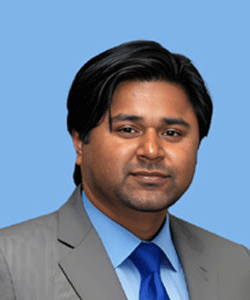
India’s structural engineering consulting market is growing rapidly due to rapid urbanization, infrastructure development and government initiatives. With India's construction sector booming in cities, there are also a lot of projects — from skyscrapers to metro lines, bridges and renewable energy structures. The surge of demand for advanced structural design expertise is opening up huge opportunities for consulting firms with expertise in structural engineering, especially those who are adept in use of innovative technologies. Government’s infrastructure focused policies is one of the major growth drivers in this market. With the increasing need for structural engineers to oversee large scale infrastructure projects, these programs have only increased the demand for structural engineers who can ensure that such projects are resilient, sustainable and meet all stringent safety standards.
Another transformative factor in this market is the technology adoption. Advanced tools such as Building Information Modeling (BIM), computer aided design (CAD) software and seismic analysis tools have been adopted by structural engineering firms to increase the efficiency and accuracy of project activities, and to achieve safety. In particular, BIM has become essential for working on complex projects, in which engineers, architects, and clients can see and optimize structures before digging a shovel into the earth. The use of this technological integration not only decreases risks, but also generates cost efficiencies, which makes it an appealing solution for both clients and consultants. India’s path to becoming a global economic powerhouse means that the need for quality structural engineering consultancy services will be likely to keep pace.
In this special issue, we introduce you to the top leaders in this segment. Industry Outlook has identified the select few leaders who have done particularly well with a high level of dedication. We have found that they have gone the extra mile in proving their commitment to meet the customer needs in an integrated manner.
We welcome your feedbacks and suggestion that you may have concerning this special issue.
We use cookies to ensure you get the best experience on our website. Read more...